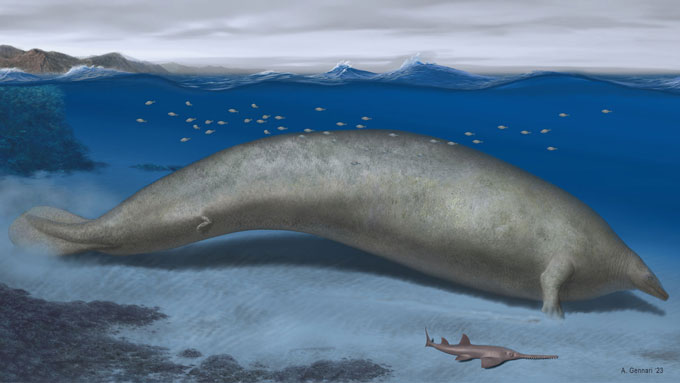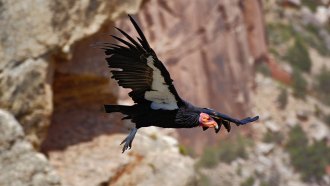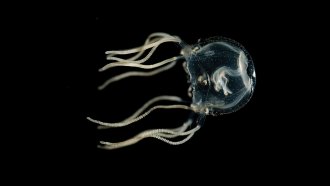These scientific discoveries set new records in 2023
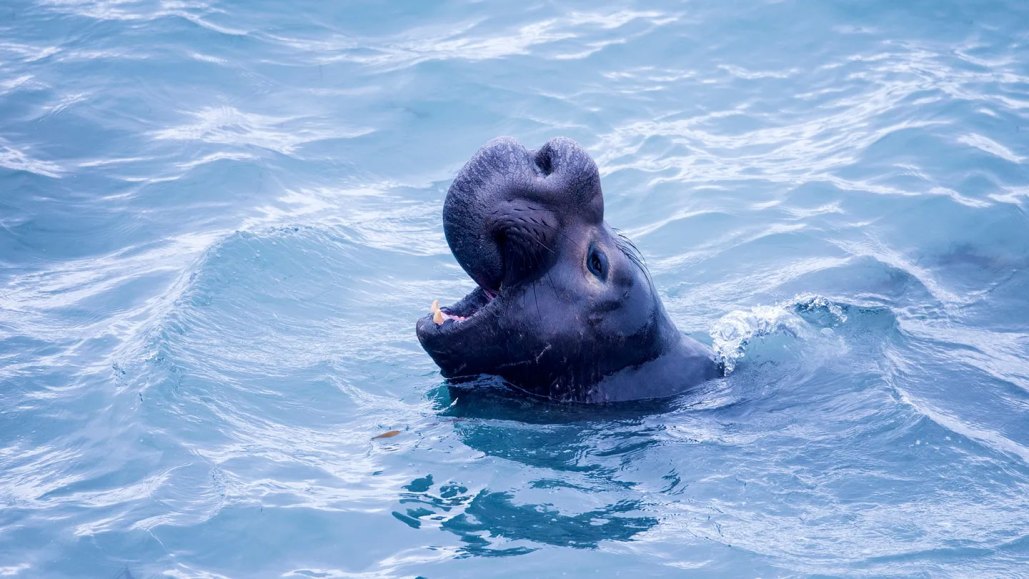
Northern elephant seals are deep sleepers. Literally. On monthslong hunting trips at sea, the seals dive deep to take supershort naps beyond the reach of sharks or killer whales.
MARK NEWMAN/GETTY IMAGES
In 2023, researchers made plenty of discoveries for the record books — and the history books. This year’s scientific superlatives shed new light on our ancient ancestors, our planet and the animals we share it with.
Least sleep among mammals
However sleep-deprived you may be, you’re probably still better rested than a northern elephant seal. During monthslong hunting trips at sea, these seals nap less than 20 minutes at a time and average just two hours of total sleep per day. That rivals African elephants for the title of mammal that sleeps the least (SN: 4/20/23).
Earliest equestrians
The Yamnaya people may have been the world’s earliest horseback riders, mounting steeds as far back as 3000 B.C., centuries before the earliest known depictions of horseback riding (SN: 4/8/23, p. 12). Yamnaya skeletons unearthed in Romania, Bulgaria and Hungary show telltale signs of horsemanship, including marks on the femur and pelvis that could come from sitting astride and vertebral damage from falling off.

Sunniest place on Earth
Visitors to the Altiplano plateau in Chile’s Atacama Desert should be sure to pack sunscreen. This high-altitude region gets hit with an average of 308 watts of sunshine per square meter — the most intense sunlight anywhere on Earth (SN: 8/26/23, p. 5). Sometimes, solar radiation exceeds 2,000 watts per square meter, rivaling the amount of sunshine expected to beat down on Venus, which is much closer to the sun than Earth is.

Oldest black hole
A supermassive black hole some 13.2 billion light-years from Earth is the most distant, most ancient supermassive black hole ever observed. The monster dates to when the universe was just 470 million years old, making it about 200 million years older than a record breaker announced in 2021 and 100 million years older than a black hole that claimed the title in July (SN: 12/18/21 & 1/1/22, p. 29). Because the newfound black hole boasts about the same heft as its surrounding galaxy, researchers think the black hole could have formed only through the collapse of a massive gas cloud. The finding could help shed light on how the universe’s first generation of juggernaut black holes were born.

Snappiest claws
Famously fast adult snapping shrimp have nothing on their young. High-speed video reveals that youngsters can snap their claws up to about 600 kilometers per second per second — an acceleration 20 times as fast as their elders achieve. A 1-month-old shrimp’s claw acceleration is on the same order of magnitude as a 9-millimeter bullet blasting out of a gun and is the highest acceleration for a reusable body part underwater (SN: 4/8/23, p. 5).
Oldest wooden structure
Despite what happened to the second little pig’s house, wood has long proved a sturdy, reliable construction material — for perhaps as long as half a million years. Carved, interlocking logs uncovered in Zambia date to nearly 480,000 years ago, making them the oldest known wooden structure (SN: 9/20/23). The structure — possibly a remnant of a walkway, seating area or storage unit — hints that some human relatives may have led a less nomadic lifestyle than previously thought.
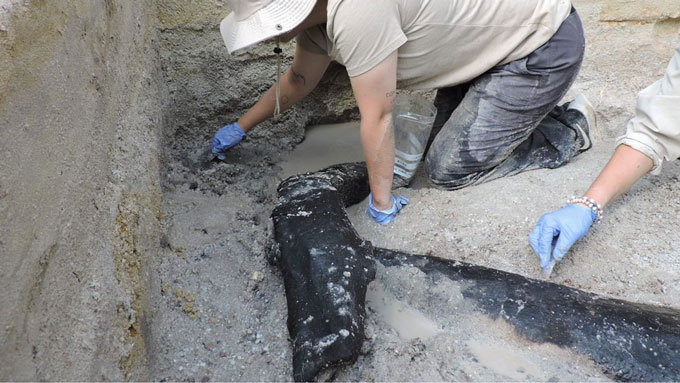
Heaviest animal ever
The animal kingdom appears to have a new heavyweight champion. An extinct whale aptly named Perucetus colossus might have weighed up to 340 metric tons, about twice as much as the heaviest blue whales, an analysis of fossils found in Peru suggests (SN: 9/9/23, p. 5). The mighty mammal is thought to have prowled shallow waters 39 million years ago — but what it could have eaten to maintain its size remains a mystery.
